Electron beam welding steel is a sophisticated and highly effective technique that plays a crucial role in modern industrial processes. It is a specialized welding method that utilizes a high-velocity electron beam to join metal components together. This process offers numerous benefits, making it an attractive option for manufacturers seeking precision, efficiency, and high-quality welds. At its core, electron beam welding involves the generation of a focused beam of high-velocity electrons. These electrons are accelerated to near-light speeds and directed towards the welding zone. When the electron beam makes contact with the steel workpieces, the high-energy electrons transfer their kinetic energy to the material, causing it to heat up rapidly. This intense heat results in the localized melting and fusion of the steel, creating a strong and durable weld joint.
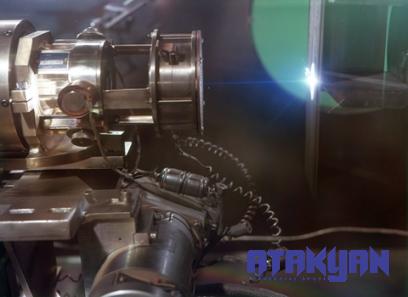
.
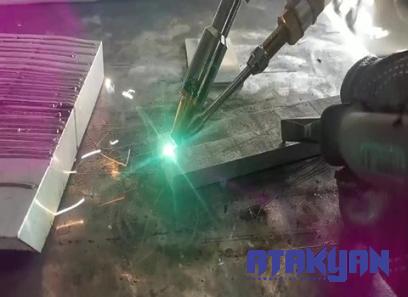 One area where electron beam welding excels is in joining high-strength steels commonly used in structural components and critical applications. The precise control of heat input and the ability to create strong, clean welds make electron beam welding an ideal choice for welding high-strength steel grades with demanding mechanical properties. By maintaining the integrity of the base metal and producing welds with minimal distortion, electron beam welding helps ensure the structural stability and performance of the final product. Moreover, electron beam welding offers distinct advantages when welding thick sections of steel, as the high energy density of the electron beam facilitates deep penetration and efficient fusion. This capability is particularly beneficial for applications that require full penetration welds in thick steel components, such as pressure vessels, shipbuilding, and heavy machinery. Electron beam welding can achieve deep, narrow welds with excellent sidewall fusion and minimal heat-affected zones, resulting in strong and reliable weld joints.
One area where electron beam welding excels is in joining high-strength steels commonly used in structural components and critical applications. The precise control of heat input and the ability to create strong, clean welds make electron beam welding an ideal choice for welding high-strength steel grades with demanding mechanical properties. By maintaining the integrity of the base metal and producing welds with minimal distortion, electron beam welding helps ensure the structural stability and performance of the final product. Moreover, electron beam welding offers distinct advantages when welding thick sections of steel, as the high energy density of the electron beam facilitates deep penetration and efficient fusion. This capability is particularly beneficial for applications that require full penetration welds in thick steel components, such as pressure vessels, shipbuilding, and heavy machinery. Electron beam welding can achieve deep, narrow welds with excellent sidewall fusion and minimal heat-affected zones, resulting in strong and reliable weld joints.
..
 In addition to its performance benefits, electron beam welding steel also presents environmental advantages compared to traditional welding methods. The use of a vacuum or low-pressure environment eliminates the need for shielding gases or fluxes, reducing the generation of harmful fumes, spatter, and emissions. This cleaner and more sustainable welding process aligns with modern environmental standards and regulations, making electron beam welding a greener and more environmentally friendly option for manufacturers committed to sustainable practices. Furthermore, the scalability of electron beam welding technology allows for both high-volume production and customized, low-volume runs, providing flexibility to meet the unique needs of different industries and applications. Whether producing large batches of standardized components or prototyping bespoke parts, electron beam welding can accommodate a wide range of production volumes with consistent quality and efficiency. This versatility makes electron beam welding a versatile and adaptable solution for manufacturers seeking reliable and cost-effective welding solutions.
In addition to its performance benefits, electron beam welding steel also presents environmental advantages compared to traditional welding methods. The use of a vacuum or low-pressure environment eliminates the need for shielding gases or fluxes, reducing the generation of harmful fumes, spatter, and emissions. This cleaner and more sustainable welding process aligns with modern environmental standards and regulations, making electron beam welding a greener and more environmentally friendly option for manufacturers committed to sustainable practices. Furthermore, the scalability of electron beam welding technology allows for both high-volume production and customized, low-volume runs, providing flexibility to meet the unique needs of different industries and applications. Whether producing large batches of standardized components or prototyping bespoke parts, electron beam welding can accommodate a wide range of production volumes with consistent quality and efficiency. This versatility makes electron beam welding a versatile and adaptable solution for manufacturers seeking reliable and cost-effective welding solutions.
…
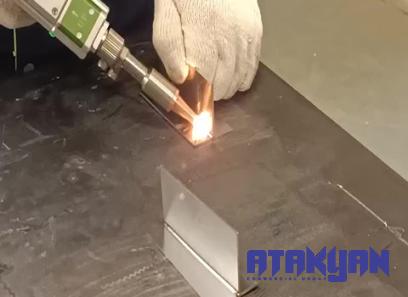 In conclusion, electron beam welding steel offers a combination of precision, efficiency, quality, and versatility that set it apart as a leading welding technology in modern manufacturing. Its ability to deliver high-strength welds with minimal distortion, excellent purity, and superior mechanical properties makes it a preferred choice for applications that demand uncompromising weld quality and performance. As advancements in electron beam welding technology continue to drive innovation and excellence in the industry, the future looks bright for this advanced welding technique as it continues to push the boundaries of what is possible in metal joining and fabrication.
In conclusion, electron beam welding steel offers a combination of precision, efficiency, quality, and versatility that set it apart as a leading welding technology in modern manufacturing. Its ability to deliver high-strength welds with minimal distortion, excellent purity, and superior mechanical properties makes it a preferred choice for applications that demand uncompromising weld quality and performance. As advancements in electron beam welding technology continue to drive innovation and excellence in the industry, the future looks bright for this advanced welding technique as it continues to push the boundaries of what is possible in metal joining and fabrication.



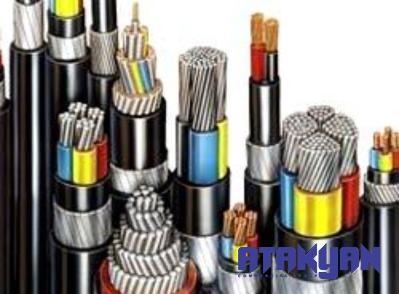
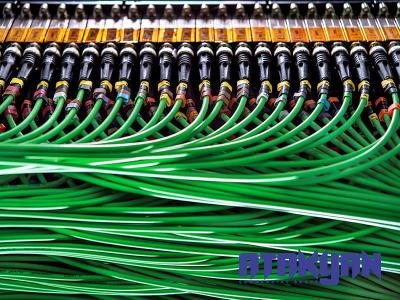

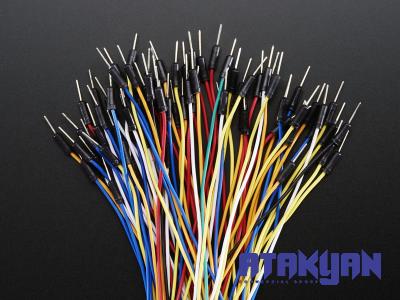

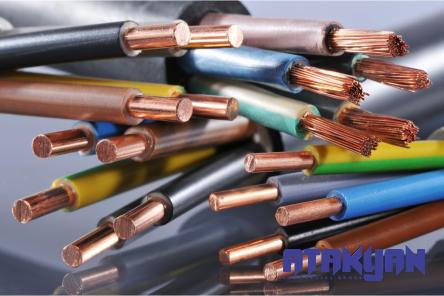

Your comment submitted.